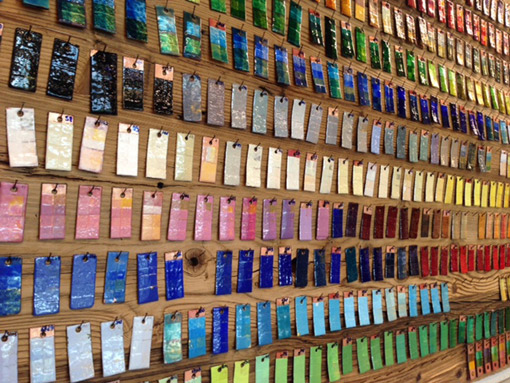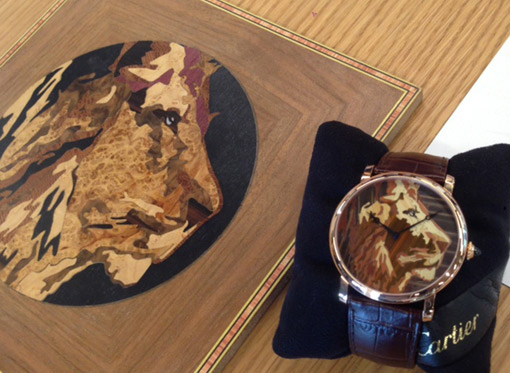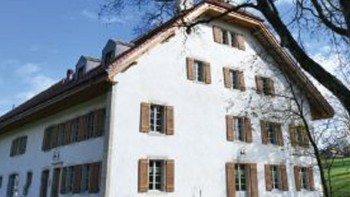Just a few steps from the Cartier Manufacture in La Chaux-de-Fonds is an old farmhouse, like so many in the countryside of Neuchâtel. There’s an important difference, however: this is Cartier’s Maison des Métiers d’Art. The watchmaker’s artistic crafts pieces are not designed in the manufacture itself, but in this old farmhouse that dates back to the late 18th century. Marc Kübler, Métiers d’Art Production Manager and manager of the Métiers d’Art site, took WorldTempus on a tour of the premises.
“This old farmhouse is more typical of Bern than of Neuchâtel, contrary to what you might expect,” points out Marc Kübler. Bought by Cartier, carefully renovated and inhabited since June 2014, this is where the company creates its Métiers d’Art masterpieces. As many period features as possible have been retained, and the authentic charm is enhanced by the exposed wooden beams and the liberal use of spruce, fir and other natural materials. After around 18 months of renovation and restoration, Cartier had the ideal setting in which to create its pieces.
“We wanted a place that would symbolise the quality of our brand, where we could produce our most artistic pieces. A place where we could have all our experts under one roof, as well as bringing all our different skills together for the product design stage. Bringing these timepieces to life requires a great deal of dialogue and discussion among the employees tasked with producing them.” Hence the company’s threefold mission: to preserve, share and innovate.
Preserving means not letting the expertise and skills necessary to produce métiers d’art pieces die out. Sharing means providing access to these artistic crafts through the company’s unique approach to collectors and enthusiasts of the brand, as well as those simply looking for an exquisite watch. And finally, innovating: creativity and boldness are prerequisites, as are the understanding and rediscovery of forgotten skills, in order to ensure that they continue to evolve.

“The farmhouse makes everyone here feel at home; it feels like a village house. We didn’t want it to be like a big city boutique; it’s a more down-to-earth place, with authentic period furniture, but we don’t want to treat it like a museum,” explains Marc Kübler. The Maison des Métiers d’Art, which houses nearly 40 employees, including 28 craftsmen and women, has brought a welcome gust of fresh air to Cartier, giving the company space to develop its artistic capacities.
Among the métiers d’art which have made their home here are gem-setting, jewellery, polishing, filigree, various kinds of enamelling (granulation, champlevé, plique-à-jour, grisaille, grisaille gold paste, cloisonné and painted), rose-petal and straw marquetry, and stone mosaic.

Although primarily a place of manufacture, it is also has a major part to play in the company’s communication, and Cartier welcomes clients and other interested parties to the building. In fact, the power of the location comes from its very transparency. Being able to meet the artisans is a rare privilege that Cartier is proud to offer.
“Fifteen years after we began using métiers d’art, we continue to imbue our timepieces with a fun and original spirit, using new techniques such as damaskeening and enamel granulation, which is this year’s big innovation!”
A symbol of the successful pairing of history and contemporary progress, Cartier’s Métiers d’Art farm admirably meets the challenge of bringing traditional techniques into the 21st century, and cementing the contemporary relevance of the artistic crafts.






